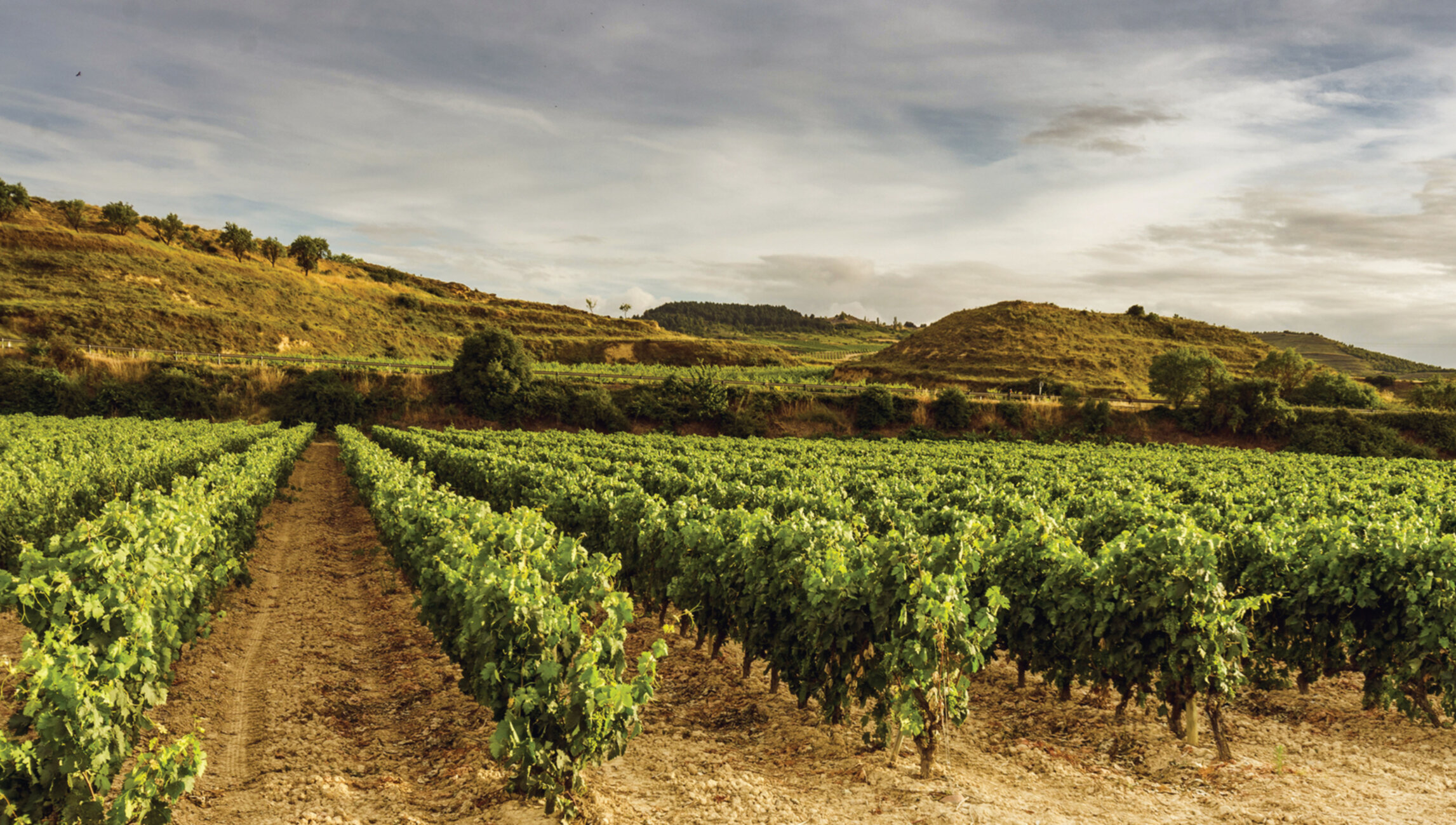
It’s an ill wind, they say, that blows nobody any good. This was cold comfort to mid-19th century European winemakers when the newly invented steamship crossed the Atlantic faster than any wind could manage – fast enough for American aphids to survive the journey to the continent. While American vines were resistant to the pest, known as grape phylloxera, their European cousins weren’t, and devastation followed. France alone saw its wine production reduced by half.
That ill wind blew sweetly into Rioja, as the stricken French population looked to nearby countries for wine to soften the pain. Spain got phylloxera too, eventually, but its vines survived, thanks partly to the vast wealth and knowledge it had garnered from France’s misfortune. Rough young Spanish wines became barrel-aged beauties to please French taste – and Rioja is still one of the great age-worthy varieties.
But while it might be one of the world’s most recognised wine names, very few know what Rioja means. Literally: the place of the River (río) called Oja, although that isn’t what I mean, either. Rich red wine, made mainly from the Tempranillo grape? Well, yes, but there are white, rosé and even sparkling Riojas, and the reds range from supermarket bargains to bottles worth hundreds of pounds, with a complicated ageing system that specifies Crianza, Reserva or Gran Reserva according to minimum times in barrel and bottle.
That’s all before we even get into geography: this ageing system does not factor in place, which, these days, is a little like a Christian church failing to mention Jesus. And the Rioja region is huge – over 150,000 acres under vine, divided into Rioja Alta, Rioja Alavesa and Rioja Baja, now called Rioja Oriental. The supervising body has accordingly added zone, village and single vineyard designations, fenced about with strict rules. Is this the ill wind of supermarket popularity blowing the fine wines some good – or the reverse?
Nomenclature has been a vexed question here for a long time. Nearly 1,000 years ago, the winds of Rioja curled their tendrils around Latin texts and the monks who annotated them. Their clarifications, in the local language, are considered the first written Spanish. This place – also an important pilgrims’ route – would now have words to evoke its uniqueness. It’s no accident that this language is known as Castiliano, the language of Castile – nor that the Basques and Catalans who assert their independence from Spain do so partly through their own languages. Words are as rooted as vines, and languages are creations both fluid and mobile, that can travel anywhere, yet still speak of home.
I bet those monks followed, in imagination, the wine and words and pilgrims they nurtured and sent onward, while remaining grounded both by tending vines and by inventing a written equivalent of indigenous speech – a very local language that could go out into the world to represent this one place. That’s what the Viñedos Singulares and Viños de Zona have been created to do now, and here’s hoping that this laudable attempt to blow away the fog of complexity is successful. Still, some names – López de Heredia, founded in 1877, or Muga or Ramon Bilbao, or Álvaro Palacios farther east in Mediterranean-warmed Rioja Oriental – require no annotation. Their sense of place is where it has always been: in the glass.
Next week: Felicity Cloake on food
This article appears in the 10 Jul 2019 issue of the New Statesman, The state we’re in






